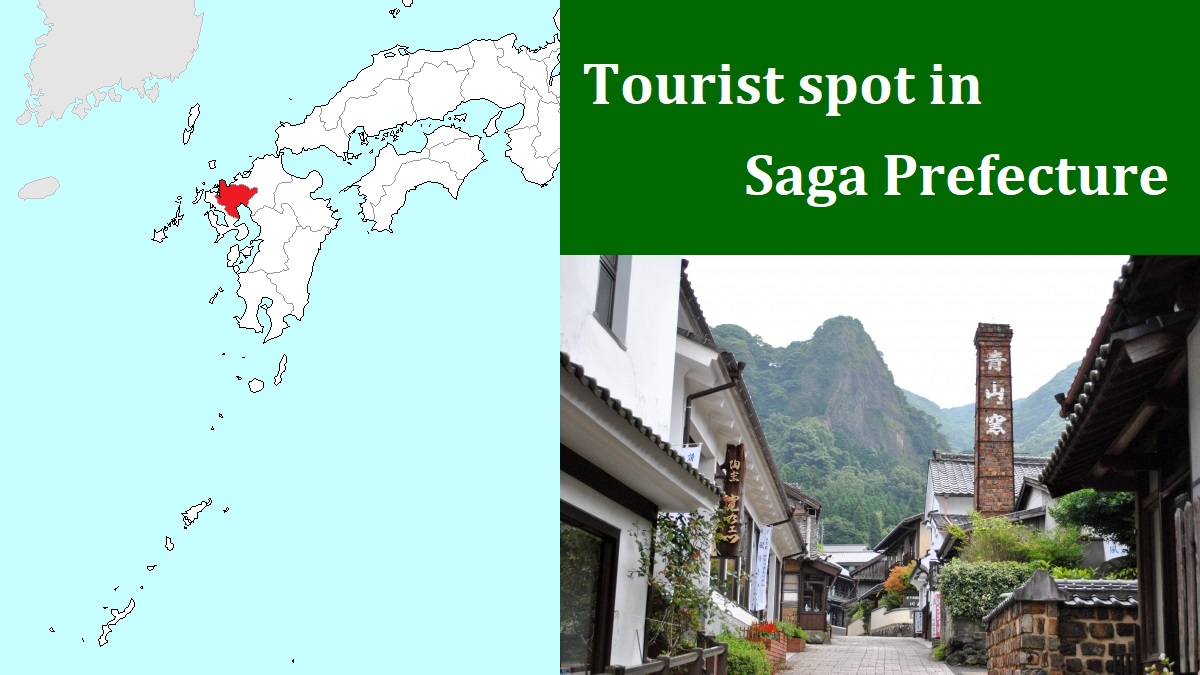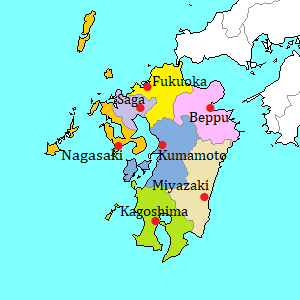Imari city [伊万里]
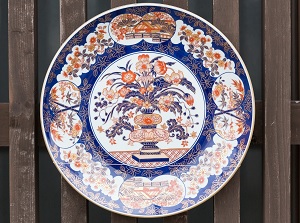
Imari ware decorated by a street in Imari
Photoby Imari City
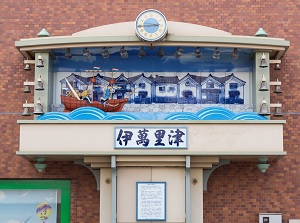
Karakuri-dokei in Imari
Photoby Imari City
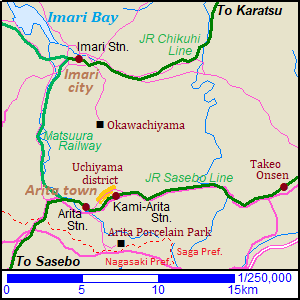
Imari is a small city located in the west part of Saga Prefecture.
It is located about 12 km north of Arita town and about 30 km south-southwest of Karatsu city.
And it is located about 50 km west of Saga city.
Imari Bay is narrow and long, and Imari city is located on the shore of the innermost part of the bay.
Arita River flows on the west side of the city from south and Imari River flows in the center of the city from southeast.
Both rivers flows into Imari Bay.
Because of the geographical feature, Imari has been a good port since ancient times.
There has been some areas producing porcelain around Imari.
From the late 17th century to the 18th century, the porcelain productions were exported as an Oriental excellent works of art from Imari port to Europe and the Middle East.
Therefore, all of the porcelains were known abroad as "Imari ware".
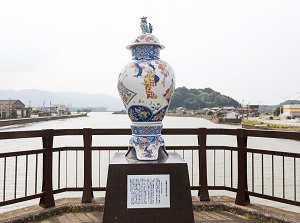
Imari ware on a bridge in Imari
Photoby Imari City
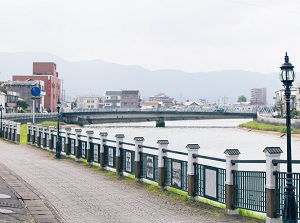
Street along Imari River
Photoby Imari City
Imari station of JR line and Matsuura Railway is in the center of the city.
Imari River flows about 350 meters north of the station, and the area between the station and the river is the main area of the city.
There are some monuments of Imari ware in the area.
Ko-Imari Bijinzô (古伊万里美人像) are two big statue of beautiful women, and stand on the both side of the main street near the station.
There is Karakuri-dokei about 200 meters north of the statues.
It is an automaton clock of Imari ware, and the nickname is "Marion" (万里音).
There are three bridges crossing Imari River on the north side of the main area.
On these bridges, various works of Imari ware are set up.
And, the street along the riverside is decorated with many pictures of Imari ware.
Okawachiyama (大川内山)
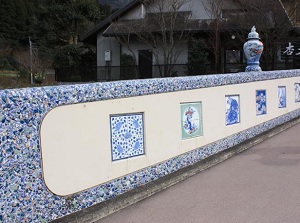
Bridge at entrance to Okawachiyama
Photo: Kyushu Tourism Promotion Organization
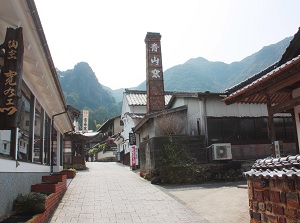
Street of Okawachiyama
Photo: Kyushu Tourism Promotion Organization
Okawachiyama is a workshop village of Imari ware.
"O" in the word is pronounced long, so it is read as "Ôkawachiyama".
It is located about 6 km south of Imari station and is in a valley in the mountain.
Arita had been the main producing area of porcelain in this area since the 17th century.
Nabeshima Domain had governed Saga area at that time and managed some of the potteries in Arita directly.
In 1675, Nameshima Domain moved the directly-managed potteries to Ôkawachiyama.
Since that, the potters in Ôkawachiyama had produced the excellent porcelains for Shogun family, the Imperial court and feudal lords.
So the porcelains in this village are often called Nabeshima-yaki (鍋島焼).
The technology of Nabeshima-yaki was closely guarded.
Therefore, the craftsmen were guaranteed high status but free movement of them in and out of the village was managed.
The directly-managed production was finished after the end of feudal period in 1871.
Even now, the potters of descent are producing the works with such technology.
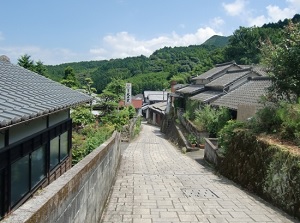
Village of Okawachiyama
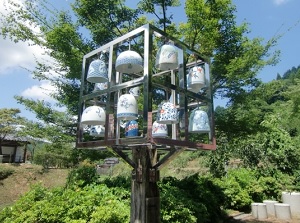
Meotoshi-no-Tou in Okawachiyama
There is a bridge decorated with a lot of parts of the porcelain at the entrance of the village.
Because of the directly-managed potteries by Nabeshima Domain, the former barrier station remains near the bridge.
And, there is Meotoshi-no-Tou (めおとしの塔).
Some wind bells of Imari ware are set up, and they sounds beautifully.
About 30 workshops are along the street in Ôkawachiyama village.
The area is within about 500 meters, and we can walk around the village easily.
How to get here
By Matsuura Railway, about 25 minures from Arita.
To Ôkawachiyama, 15 minutes by route bus from Imari station.
(The bus is operated every 2 hours.)

